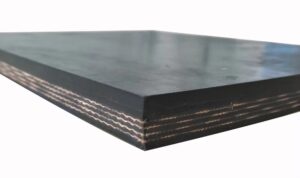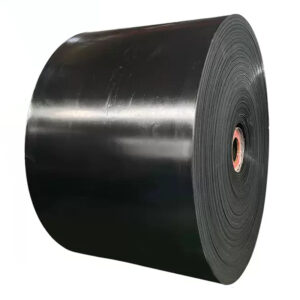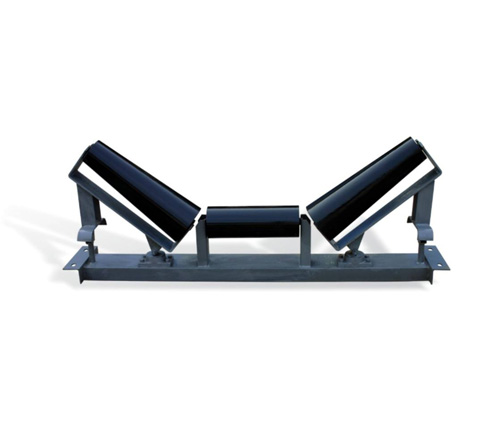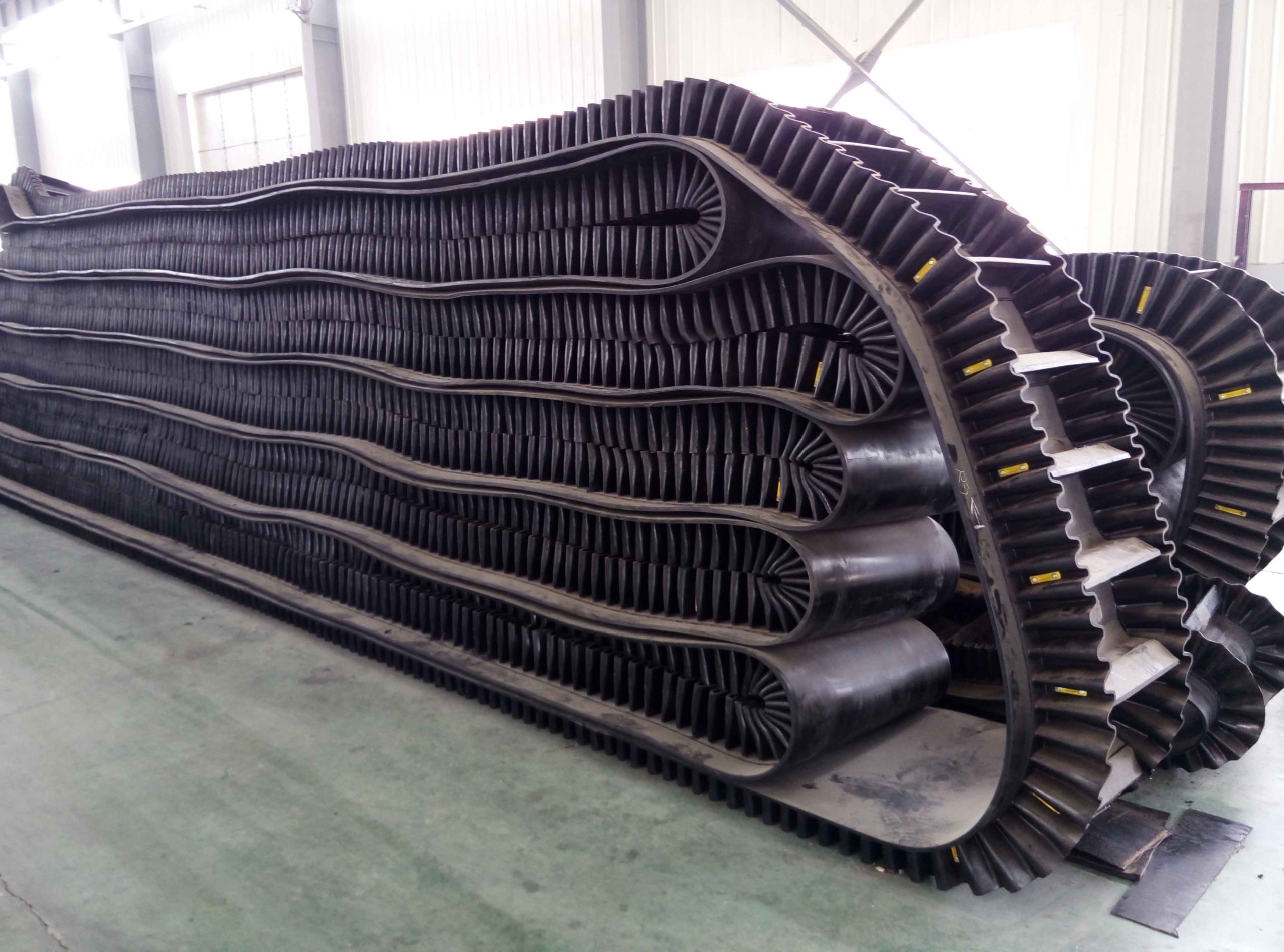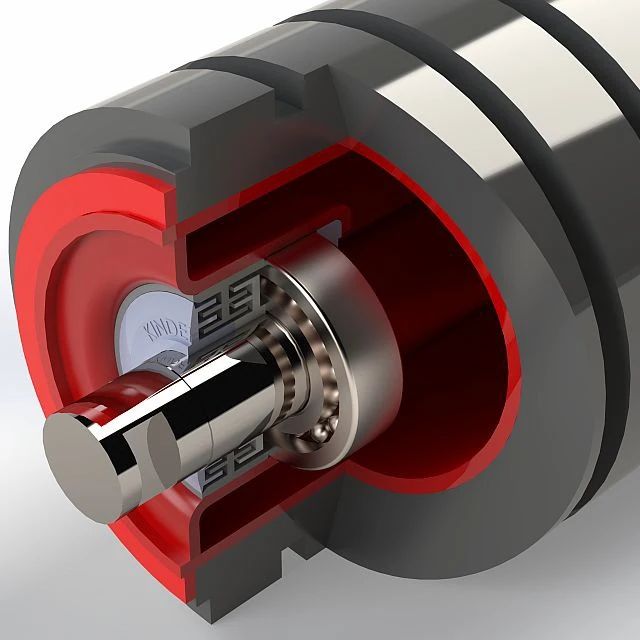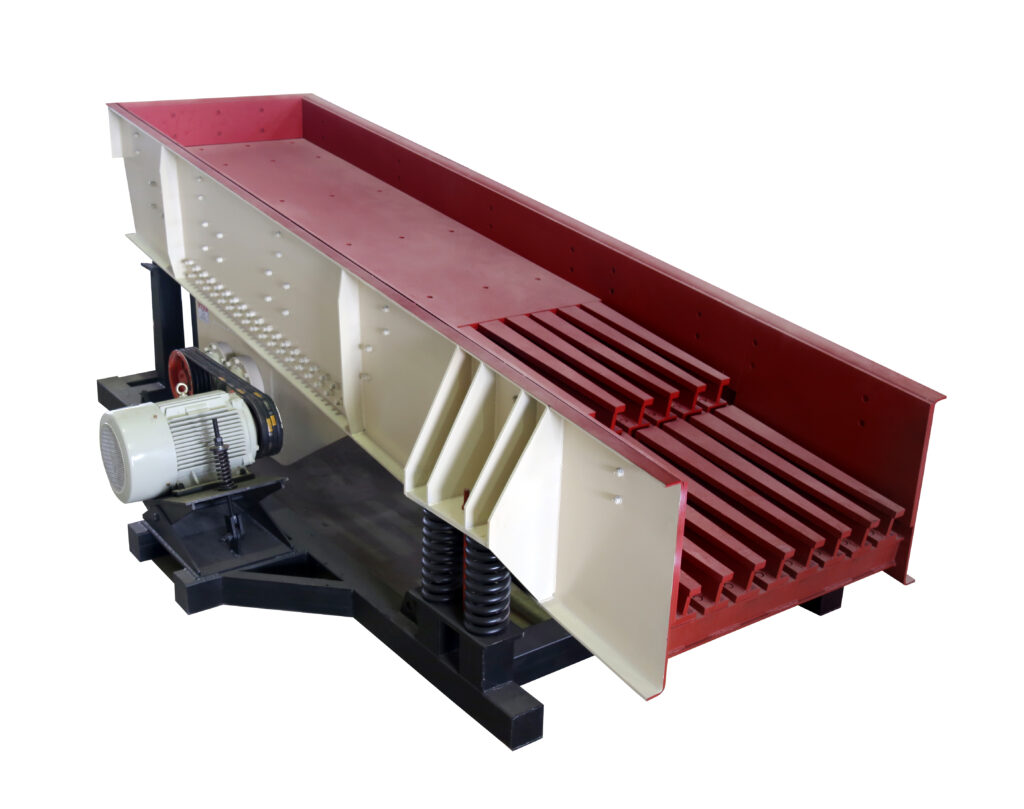

Types of Mining Conveyor Belts
Mining conveyor belts can be classified into various types based on their application, material, performance, and working conditions. Below are the main categories:
1. Standard Mining Conveyor Belts
- Applications: Used for general material transport, such as coal, sand, gravel, and ore.
- Features:
- Stable performance with a cost-effective design.
- Moderate load capacity.
- Common Models:
- EP Conveyor Belt (Polyester Conveyor Belt): High tensile strength and flexibility, suitable for long-distance transport.
- NN Conveyor Belt (Nylon Conveyor Belt): Excellent elasticity and impact resistance.
2. Heat-Resistant Conveyor Belts
- Applications: Designed for transporting high-temperature materials like hot coke, cement clinker, and slag.
- Features:
- Made with heat-resistant rubber as the cover layer.
- Heat resistance levels: T1 (≤100°C), T2 (≤125°C), T3 (≤150°C), T4 (≤175°C).
- Common Models:
- Heat-Resistant EP Conveyor Belt
- Heat-Resistant Steel Cord Conveyor Belt
3. Cold-Resistant Conveyor Belts
- Applications: Suitable for transporting materials like coal and ore in cold regions or low-temperature environments.
- Features:
- Operates stably in temperatures as low as -40°C to -60°C.
- Made with cold-resistant rubber as the cover layer.
- Common Models:
- CC Conveyor Belt: Cotton canvas-based, suitable for light loads and short distances.
- EP Conveyor Belt: Suitable for medium to long distances.
4. Flame-Resistant Conveyor Belts
- Applications: Designed for use in environments requiring fire resistance, such as underground coal mines.
- Features:
- Both the cover and core materials are flame-resistant.
- Certified with national mining safety standards (MA certification).
- Common Models:
- PVC Flame-Resistant Conveyor Belt: Suitable for horizontal transport, with excellent anti-static and flame-resistant properties.
- PVG Flame-Resistant Conveyor Belt: Includes an extra rubber cover layer for use on slopes up to 20°.
5. Steel Cord Conveyor Belts
- Applications: Ideal for heavy-load, long-distance material transport, such as ore and coal.
- Features:
- High tensile strength and impact resistance.
- Suitable for large capacity, long-distance, and high-speed transportation.
- Common Models:
- ST630~ST5400 (Steel cord strength range).
6. Wear-Resistant Conveyor Belts
- Applications: Used for transporting abrasive materials such as ore, gravel, and coal.
- Features:
- Outstanding abrasion resistance in the cover layer.
- Suitable for harsh conditions and heavy loads.
- Common Models:
- High Wear-Resistant Type (H Type): High strength and abrasion resistance.
- Super Wear-Resistant Type (D Type): Exceptional wear resistance.
7. Sidewall Conveyor Belts
- Applications: Suitable for steep or vertical material transport, especially in confined spaces like mines.
- Features:
- Equipped with sidewalls and cleats to prevent material spillage.
- Can handle transport angles up to 90°.
- Common Models:
- T-Type, TC-Type Cleated Sidewall Belts
8. Oil-Resistant Conveyor Belts
- Applications: Designed for transporting oil-containing materials like mineral oils, vegetable oils, and animal oils.
- Features:
- Excellent oil resistance, with cover layers that do not swell easily.
- Common Models:
- General Oil-Resistant Type (O1 Type)
- High Oil-Resistant Type (O2 Type)
9. Acid- and Alkali-Resistant Conveyor Belts
- Applications: Used in chemical plants and mines for transporting materials containing acids or alkalis.
- Features:
- Excellent resistance to chemical corrosion.
- Common Models:
- Acid- and Alkali-Resistant EP Conveyor Belt
- Acid- and Alkali-Resistant Canvas Conveyor Belt
Selection Recommendations
When selecting mining conveyor belts, consider the following key factors:
- Material Characteristics (particle size, density, corrosiveness, etc.).
- Conveying Distance and Transport Volume.
- Environmental Conditions (high temperature, low temperature, humidity, fire resistance, etc.).
- Equipment Compatibility (belt width, speed, and tension).

